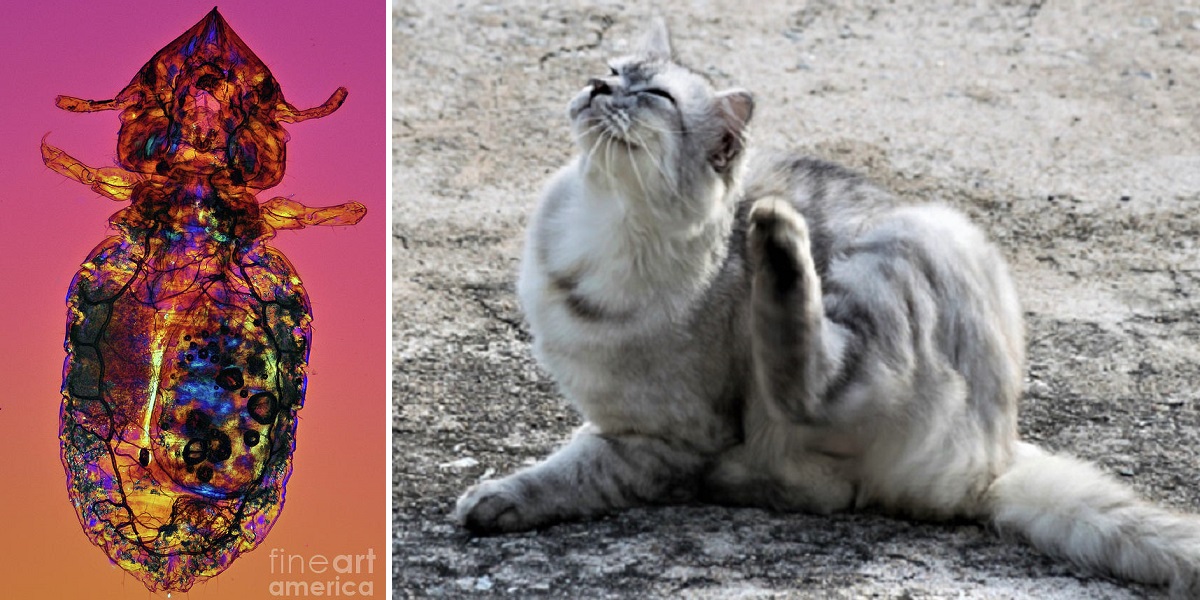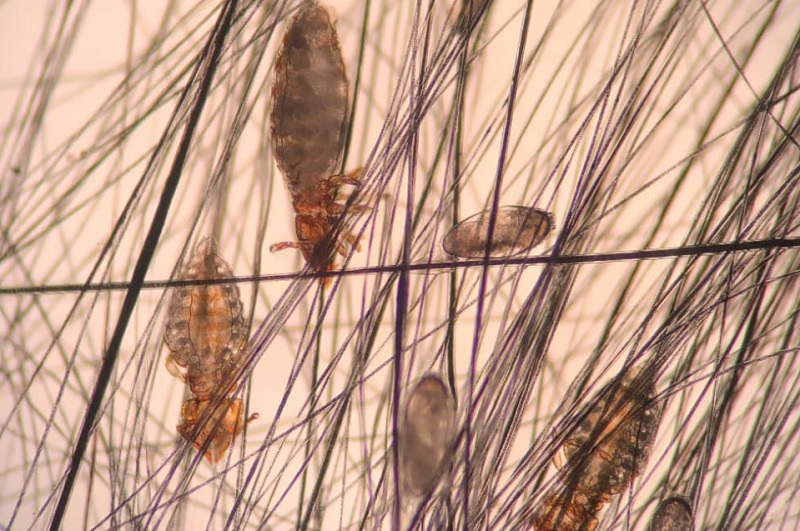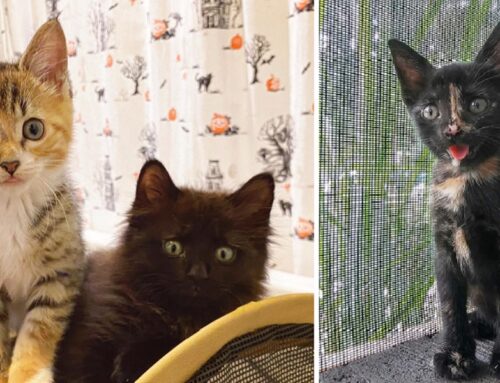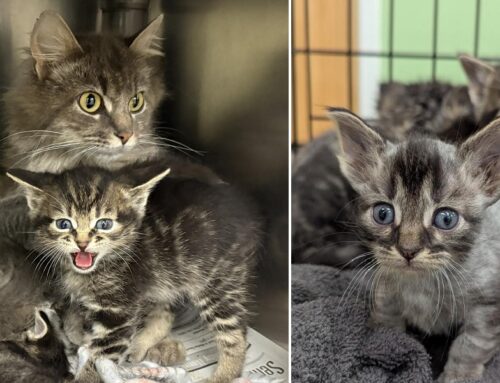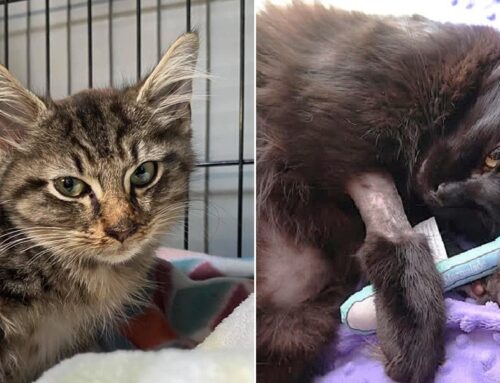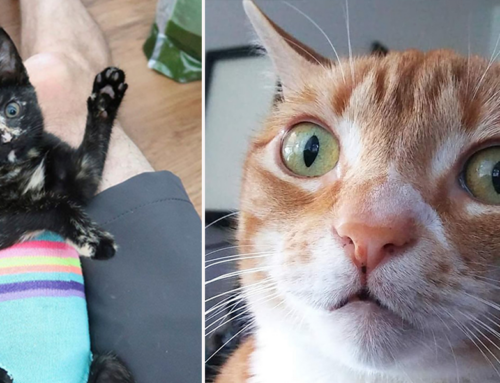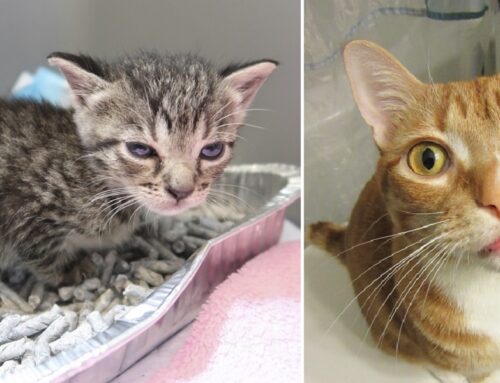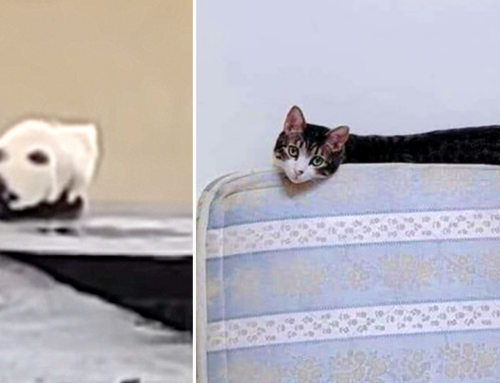Even thinking about fleas and ticks biting our poor cats makes us itch. But as if that isn’t enough, cats can also get lice! And for some of us, this brings back rather uncomfortable memories of the little critters that plagued some of us in grade school.
Cat lice are quite rare among indoor cats lucky enough to have doting parents and a top-notch veterinarian, Yahoo!Life reports. However, if your kitty goes outside, you’re one of the epic people who care for a cat colony or if you rescue cats, we have the information you really should know.
How Do Kitties Get Cat Lice?
We’re also happy that there’s some really good news for us human servants: You can’t get cat lice. Our cats can’t get lice from us either.
But according to Frank Hurtig, director of veterinary technical services at Virbac US, there’s a good reason for this. Lice, it seems are particular. They are, in fact, species-specific.
“Lice are very particular about the host they’ll live on, so the lice that live on cats don’t live on other animals and vice versa.”
But now for the bad news: These tiny parasites are highly contagious among the same species.
According to Hurtig, the life cycle for cat lice goes like this:
- The tiny insects attach their eggs to the base of your cat’s fur.
- Once they hatch, the lice spend their entire lives on your cat. Unless they get brushed off on some other unlucky cat.
- Lice eggs can also fall off when you’re brushing your cat and then be transmitted to another cat who’s being brushed.
- Their life cycle is turbo-charged. Lice reach adulthood and begin reproducing just three weeks after hatching. They become nymphs and adults in that amazingly short period of time.
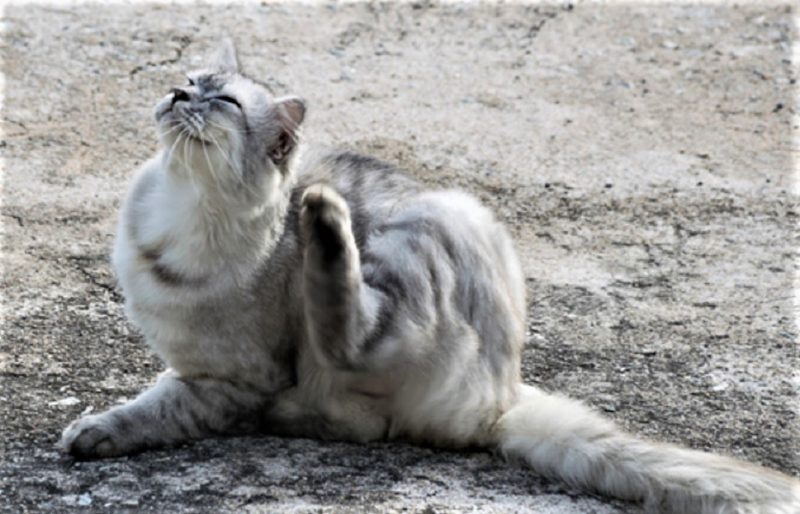
Photo: mypetneedsthat.com
But How Do Cat Lice Cause All That Itching?
It’s pretty simple, actually. The little bugs feast on the debris from your cat’s skin or suck blood, so this causes intense pruritis or itchiness because the lice actually chew on your cat’s skin.
Symptoms To Look For.
According to Great Pet Care, they include:
- Your cat will likely scratch frequently or chew on itself.
- Your cat’s fur will likely look unkempt.
- Off-white specks are often observed, and they will likely show up on a cat’s head and shoulders.
- Scratches or irritation and redness on the skin from excessive scratching are also common.
- Fur loss may occur.
What Do Cat Lice Look Like?
In general, they are lighter in color than fleas, as demonstrated in the YouTube video below. Poor kitty
Because these insects are so tiny, if you look for their chompy mouthparts without using a microscope, you’re simply not going to find them. But Hurtig notes if you look carefully, you’ll likely find the lice and their egg clusters.
“Lice will most frequently be found around the head and neck, especially underneath a collar,” he says. “Lice will be lighter in color than fleas, yellow to tan, and be a similar size — 1 to 1—1/2 mm long.”
But color isn’t the only way you can differentiate cat lice from fleas.
“Lice look like they got smooshed underneath a stack of books, and they’re wider side-to-side and thinner top-to-bottom,” Hurtig notes. “Fleas kind of look like they got squished between books standing up on a shelf, so they’re thinner side-to-side and thicker top-to-bottom.”
Cat Lice Are More Difficult To Detect In Long-Haired Cats.
Because long-haired cats have so much hair, it can be easier for lice to remain inconspicuous until their populations grow large.
“Cats may display some irritation in the area initially,” Hurtig adds. “Heavy infestations result in hair loss, restlessness, itching, and a scruffy-looking hair coat.”
Getting Rid Of Cat Lice Is Actually Pretty Easy—But There’s One Important Caveat.
Hurtig says there are no effective natural home remedies for treating infestations that would also be safe for your cat. Some insecticides, especially those containing permethrin are extremely toxic to cats.
Fortunately, there are safer alternatives.
“Veterinarians can recommend the use of safe and effective products for control of lice,” Hurtig says. “Several of these treatments, such as Senergy (selamectin), are applied as a few drops on the cat once a month and help control several other parasites as well.”
Treatment Takes Patience.
According to Animal Medical Hospital, treating your cat with pet-safe insecticidal shampoos and other flea and tick control products might be a good idea. But this treatment takes a while because there are no products that kill cat lice eggs. Unfortunately, that can’t happen until these little buggers reach the nymph stage. So it might take two months for your poor cat to feel better. While hopefully not being re-infested again.
Be sure to wash your cat’s bedding and clean any other places your cat typically hangs out. Heat kills cat lice, so a trip through the washer and dryer should be enough to do the trick.
Preventing Cat Lice.
Controlling other cat parasites, like fleas and ticks, as well as worms is enough to knock lice out of the picture. Hurtig recommends you consult your vet to find out what parasites you should be aware of in your area and how to manage them.
“If a cat spends time outdoors where it can come into contact with other cats, then it’s especially important to have regular checkups with a veterinarian to look for external parasites like lice,” he adds. “Treatment and control can keep you and your kitty from having a ‘lousey’ day!”
Wise words for you and your cat to live by.


